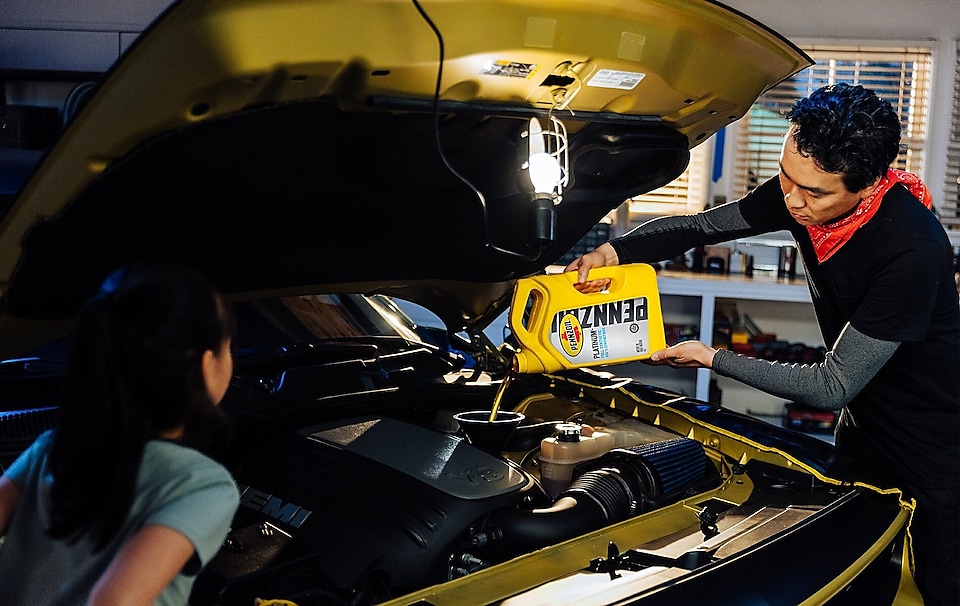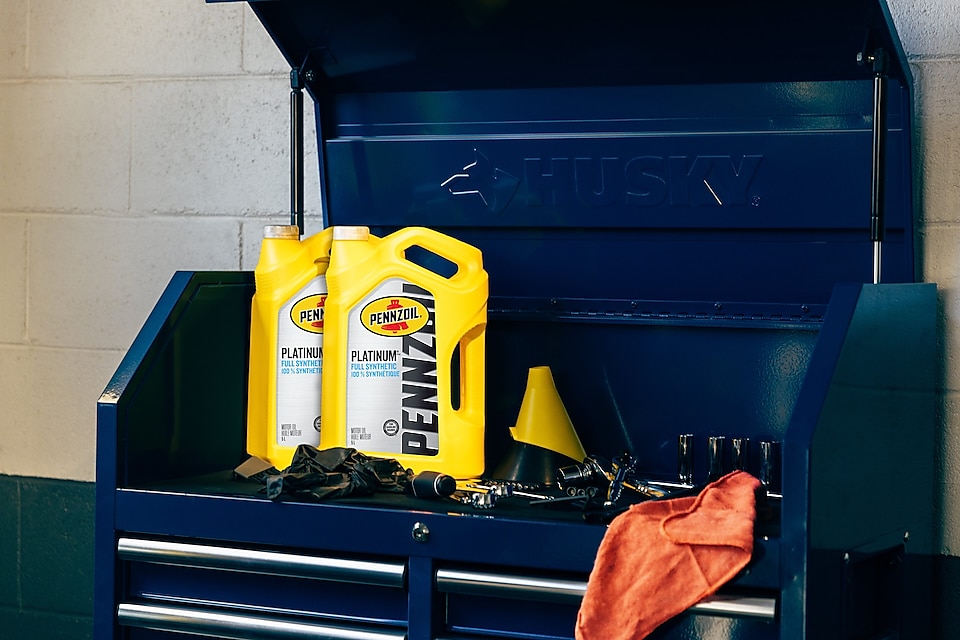
Pennzoil Tackles Tough Questions from Motor Oil Experts
Whether you are new to car maintenance or a seasoned pro, there is always more to learn about motor oil.
Pennzoil turned to the motor oil enthusiasts at Bob Is The Oil Guy, or BITOG, to see what questions were top of mind. Pennzoil’s Technical Scientist and Automotive Lubricant Specialist, Sean Nguyen, dives into the science of drain intervals, clarifies formulation distinctions, and enhances the motor oil knowledge of rookies and pros alike.
BITOG USER: I own a 2016 Honda CR-V with a K24W 2.4L engine. Initially, the vehicle didn't require oil to be added between oil changes. However, after switching to Pennzoil Ultra Platinum (PUP) 0W-20, I've had to add about half a quart during each oil change interval, which ranges from 3,518 to 3,685 miles. The engine does not have any external oil leaks. Is this oil consumption rate normal?
PENNZOIL: It is typical that an engine uses a little bit of oil while running to lubricate the piston rings and cylinder liners. High oil consumption (more than a quart) can also be caused by ring and cylinder liner wear. However, losing half a quart is not normally indicative of a significant concern. Using Pennzoil Ultra Platinum is a good choice because it provides unsurpassed wear protection1. It also restores lost engine performance due to possible engine sludge and varnish buildup.
BITOG USER: Pennzoil used to advertise that their oil had clean burn technology, but they haven't been advertising that anymore. Is PUP still a clean burn oil?
PENNZOIL: Modern synthetic engine oils are designed to reduce oil loss and retain engine performance, but minimal oil loss is common with daily use. API and OEMs have put in place specifications and limits for volatility, emissions, and sulfated ash content. This allows the motor oil to burn cleaner should it leak into the combustion chamber due to wear or leakage.
BITOG USER: Is it true that the Total Base Number (TBN) for Pennzoil Ultra Platinum does not have to be very high because of its base stock and additives? Is a low TBN part of the design of that oil?
PENNZOIL: TBN is no longer a determinant of performance due to better base stock and additives used in motor oil formulation. The oil is able to better resist oxidation and acid formation, leading to less acid-neutralizing base additives and therefore a lower TBN.
BITOG USER: Why are some OEM approvals labeled “Meets or Exceeds” while others say “Approval” or “Recommended for”? Specifically, can you explain how this works for European specs, as you cannot “Self-approve” for them like API or ACEA specs?
PENNZOIL: When a product says it “meets or exceeds” a requirement, it typically means that the product was tested by an independent lab and the data meets/exceeds the limits set by those standards. To hold an approval means that the product tests were sent to the specification committee or OEM. The committee/OEM then provided a certificate of approval for use.
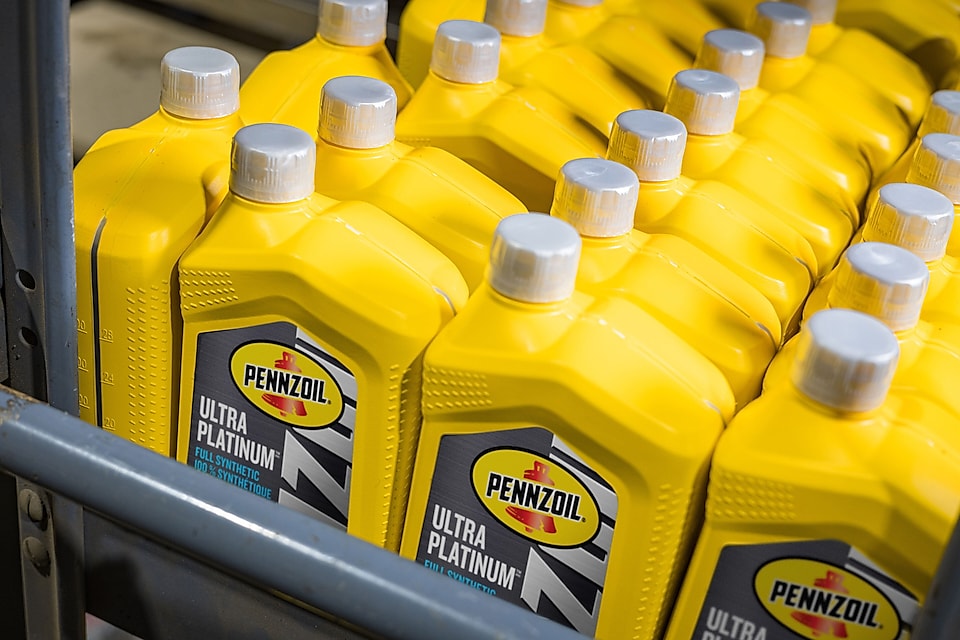
Pennzoil Ultra Platinum Motor Oil
BITOG USER: Is Pennzoil/SOPUS involved in the development of ILSAC GF-7, which should be licensed in 2025?
PENNZOIL: Yes, Pennzoil is preparing for the launch of GF-7 and is scheduled to have approved products by the licensed date.
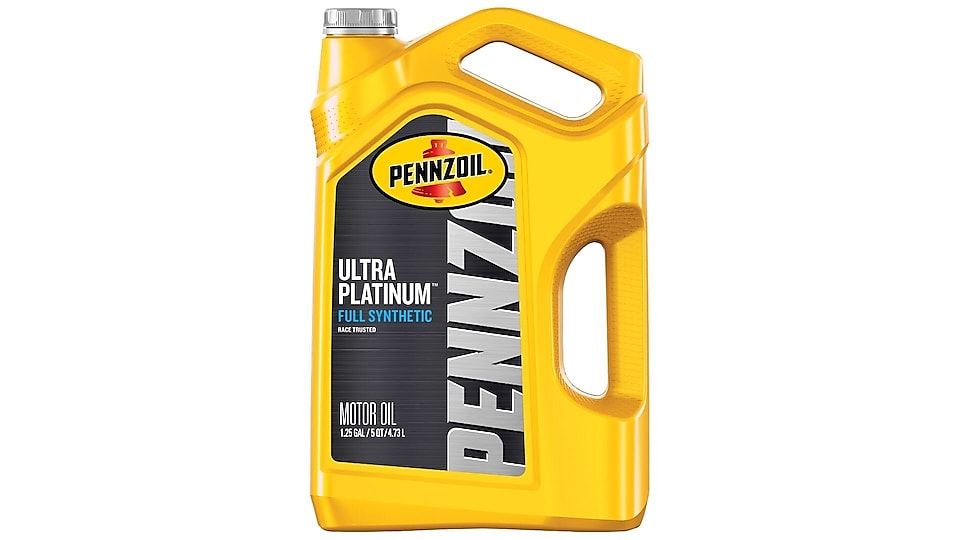
Pennzoil Ultra Platinum Motor Oil is Now Available at Advance Auto Parts
BITOG USER: Will availability expand for Pennzoil Ultra Platinum and Pennzoil Platinum Euro LX? They are very difficult to find and generally priced higher than the competition.
PENNZOIL: This year, Pennzoil Ultra Platinum became available at Advance Auto Parts, so the product is now available in stores and online! It will also be coming to select Walmart stores in 2024 and is available online at Walmart.com and Amazon.
BITOG USER: I have noticed that some other oil manufacturers have come out with API SP-rated Euro A3/B4 oils. Is Pennzoil planning on doing the same?
PENNZOIL: Yes, the Pennzoil Platinum Euro SAE 0W-40 and 5W-40 are available and are API SP-rated Euro A3/B4 oils.
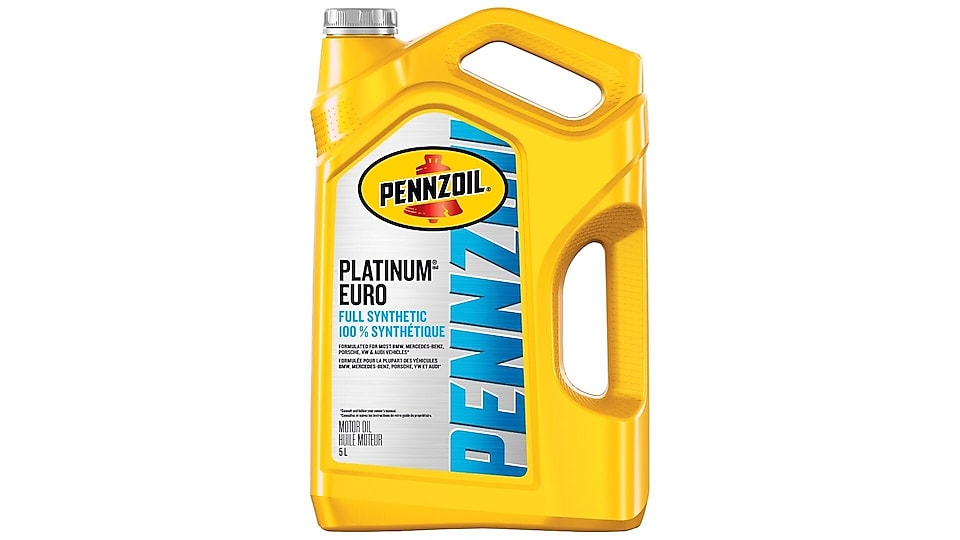
Pennzoil Platinum Euro Motor Oil
BITOG USER: Is a Pennzoil SAE 30-weight ideal for older lawn mower engines? Is there a variant with more zinc? Or should Rotella SAE 30-weight be considered as a more stout option?
PENNZOIL: Yes, Pennzoil SAE 30-weight can be used for older lawnmowers.
BITOG USER: I have not seen Pennzoil on the shelves in Australia. Could it be marketed under another label?
PENNZOIL: Pennzoil is not available in Australia. For products outside of North America, we license automotive motor oils under the Shell Helix brand.
BITOG USER: Your Platinum 5w-30 is formulated on the thin side at operating temperature and many here claim that it will quickly shear or dilute down to a 20W. The Platinum 0w-20 on the other hand is formulated to the thick side of the range. Does Pennzoil choose this operating viscosity intentionally? Why is one oil "thin" and another "thick"? Does it even matter when it comes to the ultimate goal of making our engines last for as long as possible?
PENNZOIL: It is true that API J300 gives a viscosity band to qualify for specific SAE grades. On occasion, we may choose to blend thicker or thinner based on multiple factors including OEM needs, performance demand, and manufacturing adjustments. These slight changes are kept in check with the “made with natural gas” base oil and high-performance additive package in Pennzoil Platinum, which are designed to keep the product within grade for the entire oil drain interval to allow for complete protection of your engine.
BITOG USER: What was your Z-7 product?
PENNZOIL: The Z-7 product line was introduced in the early 1940s to draw attention to the seven unique additives in the Pennzoil formulation. This product line was phased out by the early 1980s. Pennzoil’s formulation has changed significantly over the years to incorporate new additive chemistries, research, and industry specifications. But the commitment to quality and performance remains in every bottle of Pennzoil.
BITOG USER: When comparing data sheets from one oil to the next, what specifically should I be looking at to see which one will be best for extreme cold starts? (-40 degrees and below)
PENNZOIL: For cold temperature flow and pumpability value of an engine oil, it is best to look at both the CCS (Cold Crank Simulator, ASTM D-5293) data and the MRV. The MRV value is “the viscosity as measured at this shear stress was found to produce the best correlation between the temperature at which the viscosity reached a critical value and borderline pumping failure temperature in engines” (ASTM D4684). Based on these data points, as well as the viscosity data, you can determine the performance at extreme cold starts.
Be sure to keep up with the latest on Pennzoil’s product offerings and ways to power your passion for the drive with expert Education content, Instagram, and X!
1 Based on Sequence IVA wear test using SAE 5W-30.
